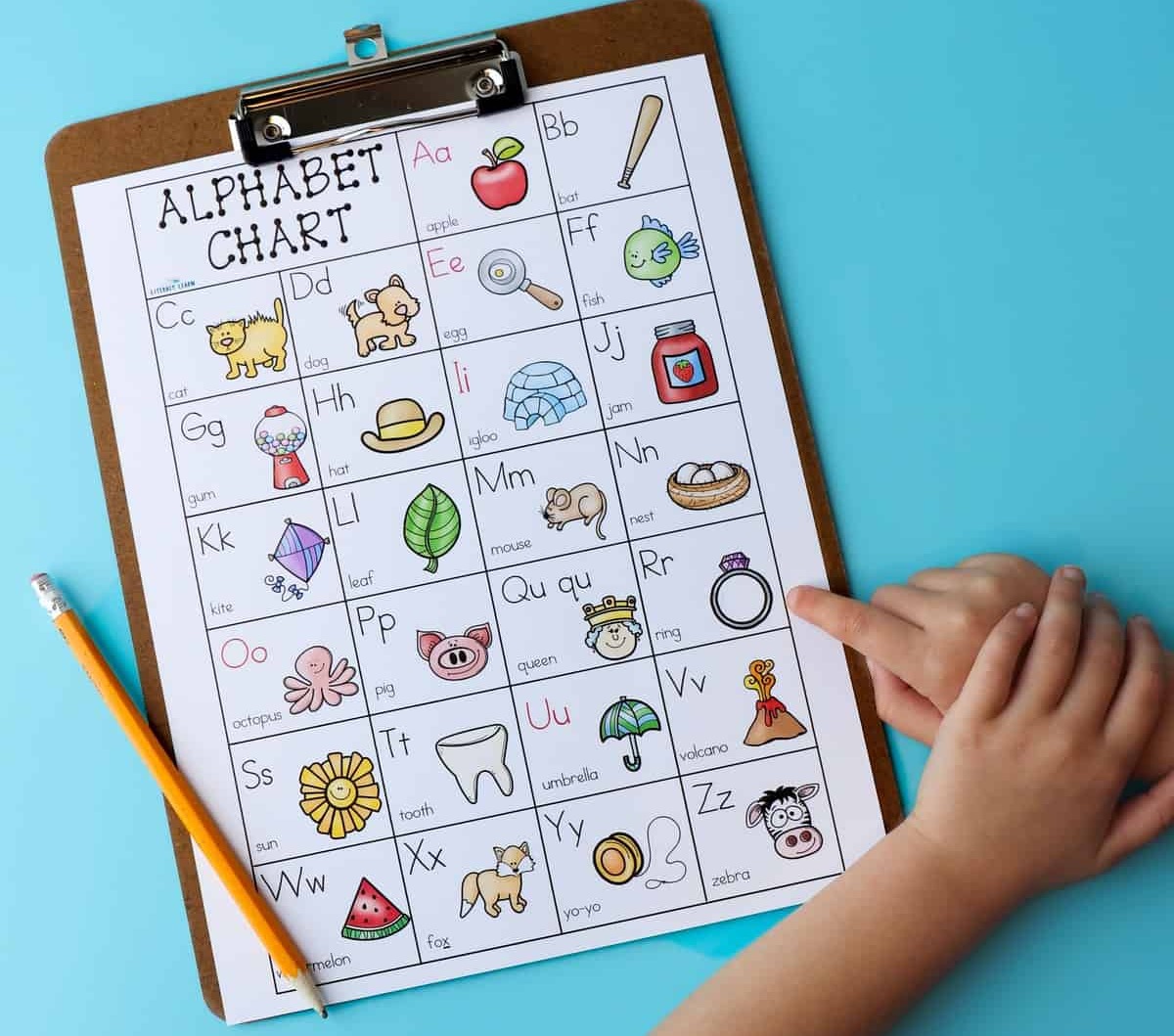
Why Alphabet Keywords Matter in Early Literacy
When teaching letter-sound correspondence, the keyword associated with each letter can make or break how well a child remembers and applies phonics skills. Keywords are more than examples—they’re the anchor for sound-symbol knowledge that fuels early reading development.
- Memory Aid: A consistent keyword boosts recall of the sound.
- Phonemic Clarity: The right keyword isolates the target sound clearly.
- Engagement: Fun, meaningful words make instruction stick.
For example, saying "b as in ball" gives children a reliable way to connect the /b/ sound to the letter B every time.
What Makes a Good Alphabet Keyword?
Not every word is ideal for representing a letter sound. Consider the following characteristics when selecting or creating your alphabet keyword set:
1. Begins with the Target Sound
Choose words that start with the pure sound of the letter. Avoid digraphs or silent letters. For example, "k is for kite" is better than "k is for knight."
2. Simple and Familiar
Young children retain common words better than complex vocabulary. Use words like “apple,” “dog,” or “sun.”
3. Picture-Friendly
Pair keywords with visuals that are easy to illustrate and recognize—this helps students connect the sound, letter, and meaning.
4. Avoid Confusing Phonemes
Skip words with blended sounds, diphthongs, or consonant clusters that might mask the true beginning sound. “Goat” is better than “grape.”
Comparison: Good vs. Poor Alphabet Keyword Choices
| Letter | Good Keyword | Why It Works | Poor Keyword | Why It Doesn’t |
|---|---|---|---|---|
| C | cat | Hard /k/ sound, clear and simple | city | Soft /s/ sound, confusing phonics rule |
| G | goat | Hard /g/ sound, easy to hear | giraffe | Soft /j/ sound, phonics mismatch |
| W | web | Starts with a clean /w/ sound | who | Silent “h,” difficult to decode |
| U | umbrella | Starts with short /ŭ/ sound | unicorn | Starts with /y/, not /ŭ/ sound |
| X | box (ending sound) | Common ending sound /ks/ for X | xylophone | Begins with /z/ sound, confusing for beginners |
Alphabet Keyword Chart: Sample A-Z List for K-2 Literacy
Here’s an educator-approved sample keyword list to ensure consistency and clarity during instruction.
| Letter | Keyword | Sound | Why It Works |
|---|---|---|---|
| A | apple | /a/ | Short vowel, easy visual |
| B | ball | /b/ | Clear consonant sound |
| C | cat | /k/ | Hard C sound, avoids confusion with "city" |
| D | dog | /d/ | Simple and familiar |
| E | egg | /e/ | Short vowel, picture-friendly |
For a full alphabet keyword card set, explore our Digital Alphabet Flashcards.
Strategies for Teaching Alphabet Keywords
Now that you’ve chosen effective keywords, the next step is delivery. Here are tried-and-true strategies to introduce and reinforce them:
1. Anchor Charts
Display colorful alphabet charts with matching keyword pictures around the classroom or learning space.
2. Repetitive Chants
“A says /a/ as in apple” chanted daily helps embed sound-symbol connection.
3. Keyword Actions
Combine movement with phonics. For example, act out “jumping” for J.
4. Integrate in Games
Use games like Phonics Memory Match or Fill In and Spell Right to practice matching letters and sounds.

Common Mistakes to Avoid
Many well-intentioned keyword sets fail due to the following pitfalls:
- Using words with digraphs (e.g., “chair” for C)
- Choosing words with multiple meanings or abstract concepts
- Switching keyword sets mid-year, causing confusion
Consistency is critical. Stick with one high-quality keyword set across all instruction.
FAQs About Alphabet Keywords
1. What are alphabet keywords in phonics?
Alphabet keywords are example words used to anchor letter sounds (e.g., A is for apple) to aid letter-sound learning.
2. How many keywords should I teach per letter?
Stick to one strong keyword per letter to maintain clarity, especially in early instruction.
3. Can I create custom keyword sets for ELL students?
Yes! Just ensure they still follow phonics best practices—familiar words, clear initial sounds, and strong visual support.
4. What are examples of poor keyword choices?
Words like “gnome” for G or “xylophone” for X, which don’t start with the target sound, are poor choices.
5. How can I assess if students retain keyword connections?
Use flashcard assessments, matching games, or apps that reinforce sound-symbol correspondence.
6. Where can I find premade resources?
Check out ABZ Learning’s Alphabet Flashcards or Phonetic Blending Cards.
Conclusion: Building Sound Foundations
Choosing the right alphabet keywords is more than a cute chant—it’s an evidence-based strategy for building early literacy. Thoughtful selection improves letter recognition, phonemic awareness, and reading fluency. Explore ABZ Learning’s curated tools to elevate your phonics instruction today.
Ready to get started? Browse our full library of interactive games and resources.